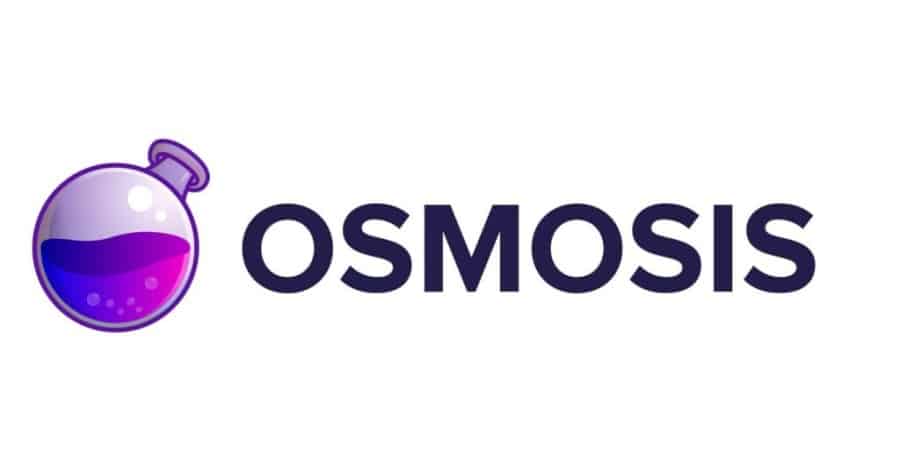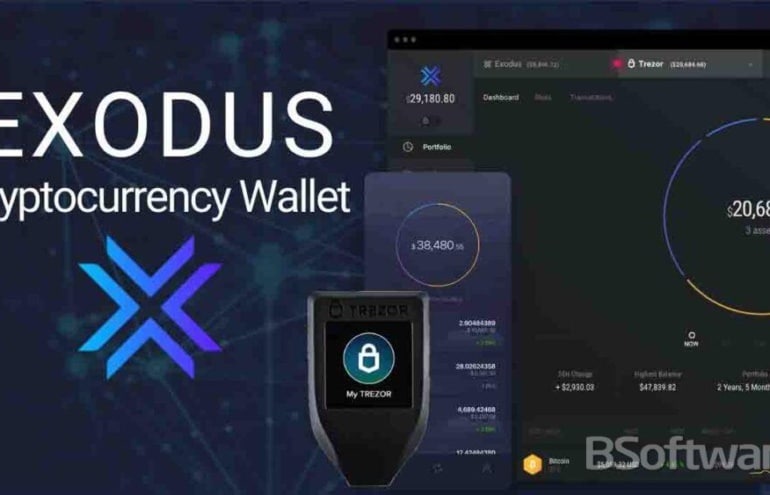The Osmo Token allows the token holders to determine the strategic direction and the changes expected in the future of the Osmosis Protocol in blockchain technology. OSMO is expected to be used primarily for the following purposes (although governance may decide to add or remove some of these)
- Generate new blocks: These contributors receive inflationary rewards for their contribution of resources to the network.
- Governance: OSMO token holders can participate in On-chain governance by creating and voting on governance proposals allocating a liquidity mining premium to the liquidity pool or setting a base network swap fee.
The community also stakes the OSMO token, which is part of the network’s liquidity mining program. Users can make OSMO tokens by depositing their liquidity into the Osmosis pool. Liquidity mining is a popular growth hack that increases liquidity and makes AMM a more attractive place for traders.
What is Osmosis?
In the Blockchain platform, Osmosis is an AMM protocol built on the Cosmos SDK. The project was announced in October 2020 and started on June 19, 2021. The core developers were Sunny Aggarwal, Josh Lee, and Dev Ojha. Osmosis’ vision is to provide a sandbox for AMM development, rather than aiming for a one-size-fits-all strategy for AMMs and their liquidity pools.
This protocol allows developers to perform new custom AMM designs using existing liquidity pools and modules already running on the network. It has an on-chain governance setup which allows the stakeholders (i.e. liquidity providers) of each AMM pool to manage and control the pool.
Osmosis is the first ever Cosmos-based chain to popularize the IBC transfers. IBC remittances have been available for several months, but actual demand from related chains has been low. Therefore, the amount of transfer of IBC was very small. As Cosmos’ first AMM, Osmosis offered the ability to trade and earn rewards by providing liquidity.
Osmosis is a Layer 1 PoS blockchain built which uses the Cosmos SDK, optimizing its design as an automated market maker (AMM) sandbox. This chain allows the innovators to design and deploy the custom AMMs using different leveraging Osmosis’ and on-chain governance set-ups. OSMO, the native token of Osmosis, grants holders the right to vote on proposed network changes and earns rewards for ensuring network security. Its first application, also called Osmosis, is its AMM which includes ATOM and OSMO as the first base trading pairs.
Cosmos Ecosystem
Osmosis is an Automated Market Maker (AMM) and Decentralized Exchange (DEX) protocol for the Cosmos Ecosystem. To understand the ins and outs of Osmosis, it helps to know the context of the Cosmos ecosystem on which Osmosis is built. Cosmos is a comprehensive ecosystem of blockchain technology that can be interconnected as part of Cosmos’ mission to build the internet full of blockchains.
Decentralized apps or dApps on different networks discuss with each other, sending and receiving data and tokens through Cosmos’ IBC protocol. Cosmos Hub acts as the primary ledger and blockchain protocol for connecting to another blockchain platform on the Cosmos network. It is a PoS blockchain made by the Ignite team that uses ATOM as the main token for staking, voting, and transactions. Cosmos also offers a software development kit (SDK) that allows projects and teams to build on top of its network. Now that you have a superficial understanding of the universe and how it works, you can dig deeper into Infiltration.
Osmosis AMM
Osmosis is a DEX protocol. This means using smart contracts to price digital assets, create liquidity through peer-to-peer (P2P) methods, and facilitate transactions between users. This approach to exchange platforms is known as AMM, DEX protocol that rates crypto assets in liquidity pools. Injecting tokens into these pools promotes decentralized liquidity and is used to facilitate trading on exchanges. Joining as Liquidity Provider (LP) can earn you both like, the trading fees and newly minted LP tokens as an incentive for joining.
Osmosis AMM is unique in that it allows users to create liquidity pools or clone existing ones with their parameters. Osmosis is built on top of the Cosmos ecosystem, allowing users to natively trade assets from over 47 different chains within Cosmos. Most AMMs today are very efficient at providing liquidity in a decentralized way, but still operate as service-based offerings.
Blockchain platforms create pools that are free to join. In the dynamic context of Decentralized Finance (DeFi), this could undoubtedly hinder the efficiency of the available liquidity pool. To solve these problems, Osmosis AMM was designed as a “service infrastructure” that lowers the hurdles for building custom AMMs and provides users with the ability to optimize the value of their tokens and supply. The two main concepts driving the infiltration Protocol are Sovereignty and Heterogeneity. For this purpose, Osmosis uses a self-managed liquidity pool.
These liquidity pools that exist in Osmosis are not hard-coded and users can use their native Osmosis Token (OSMO) to vote on pool parameters and protocols, provide liquidity, and place bets. can be done. Essentially, it allows token holders to determine the composition of their particular liquidity pool and plays a central role in the broader administration of the Osmosis Protocol.
OSMO Token and Superfluid Staking
OSMO is the token of the Osmosis network. Mainly, OSMO will be used for staking to secure the penetration chain. New tokens are created and put into circulation over time. The maximum number of OSMO tokens is set at 1 billion. As of May 2022, 282 million of his OSMOs are in circulation. An important innovation in the structure of the Osmosis protocol is Superfluid Staking. This allows the users to stake both tokens and use them simultaneously to contribute assets to the liquidity pool.
This means that Osmose users will be rewarded for helping them stake the blockchain education and will receive reward fees related to liquidity pool transactions. The first Osmosis token pool to enable Superfluid Staking is the ATOM/OSMO pool. This is the largest Osmosis crypto staking pool by volume, containing both OSMO and Cosmos token ATOM.
The use of Superfluid Staking by Osmosis aims not only to increase user capital but also to help protect other blockchains within the Cosmos ecosystem. Before the invention of Superfluid Staking, if a user brought assets into their Osmosis and earned block rewards in one of the liquidity pools, the blockchain platform that provided those assets would use them too and could not be protected.
In hyper-liquid stacking, users feed the liquidity pool while continuing to stake the underlying assets of the original blockchain development. To that end, Osmosis and its OSMO crypto staking capabilities will enhance the security of all Cosmos blockchains in addition to providing the core DEX for the Cosmos ecosystem.
Conclusion
Osmosis’ Automated Market Maker (AMM) helps the audience learn more about blockchain education and offers users the ability to create new and unique liquidity pools that are controlled and regulated by participants. Osmosis Tokens (OSMO) will be used to provide pool voting, staking, and liquidity. Superfluid Staking, a new process in the Osmosis protocol, allows users to stake their assets to protect the network and contribute their assets to liquidity pools.





